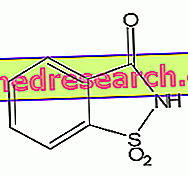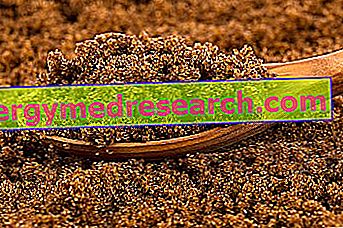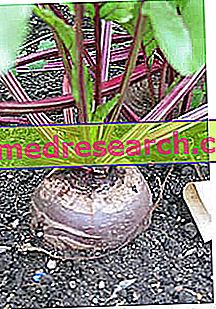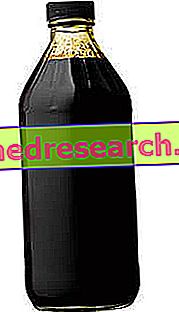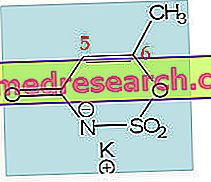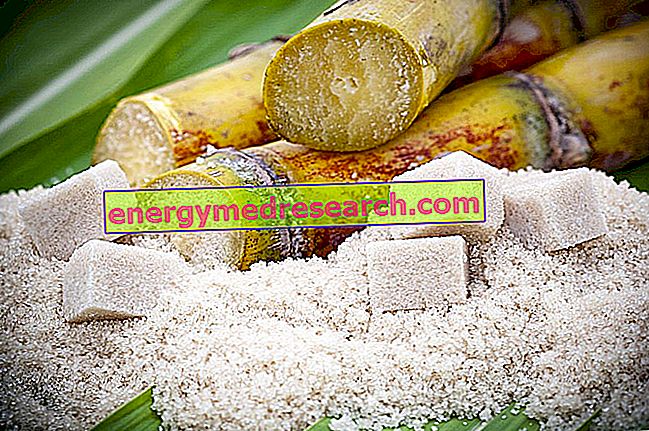Characteristics and use as a sweetener The name saccharin comes from the Latin "Saccharum" which means sugar. Commercially it is available in three forms: saccarinic acid, sodium saccharin and calcium saccharin. As a pioneer of alternative sweeteners, saccharin has undoubtedly had a troubled history, but it is the only synthetic sweetener that has been used throughout the world for more than a century
Category sweeteners
What is Muscovado Sugar Muscovado sugar: what is it? Muscovado, also known as Khandsari and Khand, is a type of partially or totally refined sugar with a characteristic taste of molasses. Some classify it in the group of whole sugars. Technically, muscovado is a sugar that is not (or only partially) centrifuged and refined
Scroll down the page to read the summary table on Sugar beet Sugar beet Fierce competitor of sugar cane, only a few decades is cultivated for food purposes for the extraction of sugar The leaves have always been used as fodder Sugar beet: general information First references to sugar beet: 420 BC Discovery of sugar crystals from beet juice: 1747, Dr
Sugar beet: introduction Fierce competitor of sugar cane, sugar beet fights for several decades now to earn the title of the best source for the extraction of the most famous sweetener in the world, sucrose. The cultivation of sugar beet for food purposes began, in Germany, only in the mid-1700s: up to the time, in fact, the process of extracting sucrose was still an unknown quantity, therefore the sugar beet was cultivated exclusively as a marginal crop, and only the leaves were used as fodder for livestock
Scroll down the page to read the summary table on the sugar cane Sugar cane: uses Matrix for sugar production Latest generation biofuel Matrix for alcoholic fermented beverages, distillates and alcohol Also cultivated for the fresh sauce (guarapo) obtained by pressing and pressing the culm Sugar cane: general description Scientific name: Saccharum officinarum Family: Grasses Observed species: about 40 Commercial cultivars: complex hybrids Origin: New Guinea Diffusion: Spain (Arabs) and Sicily Cultivation in Italy: sugar cane is not cultivated Cultivation in the world: Iberian peninsula, Asia, A
Introduction An exponent of sugar plants together with beetroot, sugar cane is a plant that, although typical of the tropics, enjoys world-wide fame for the manufacture of the sweetener par excellence, sugar. The use of sugar cane, however, is not only aimed at human consumption: in fact, in particular in recent years, the sugary plant is also used to obtain a biological propellant, the biofuel
Melassa: what is it? Molasses is a highly viscous fluid with a burnt-brown color, obtained by centrifugation (therefore separation) from sugar. Certainly of scarce availability, molasses turns out to be an excellent alternative (less caloric) to sucrose, the sweetener currently best selling, along with honey
Characteristics and use as a sweetener The acesulfame K is an intensive sweetener accidentally discovered by German chemists Clauss and Jensen in 1967. Although slightly higher values have been reported, it exhibits a sweetening power about 200 times higher than a 3% sucrose solution (the intensity depends on from the concentration of the solutions with which it is compared). Us
Characteristics and use as a sweetener Aspartame is an artificial dipeptide composed of two common amino acids: aspartic acid and phenylalanine (whose carboxyl end is esterified with methanol). Discovered by chance in 1965 by chemist James Schlatter, of GD Searle and Company , aspartame has met with extraordinary commercial success; this sweetener was in fact approved in the 1980s as a food sweetener and as such used on a large scale in soft drinks containing carbonic acid, powdered non-alcoholic drinks, yogurt and confectionery and dietetic products
Sugar beet ( Beta vulgaris , fam. Chenopodiaceae) is a biennial herbaceous plant, with large leaves and a large fleshy root from which sucrose is extracted. Sweetening power of various sugars based on cane or beet sugar Fructose 173 Invert sugar 130 Sugar, cane or beetroot 100 Grape sugar 74 Glucose syrup 50 Lactose 16 Sorbitol 54 Xilite 90-110 It produces sugar already during the first year of growth; it is sown in spring and harvested in autumn / first winter
Sugar cane ( Saccharum officinarum , fam. Graminaceae) is a perennial tropical herbaceous plant, originating from new Guinea, which requires strong sunlight and plenty of water. Saccharum is the Latin name that includes many species (up to 37). The most important commercial cultivars are complex hybrids; some varieties reach 6 meters in height

